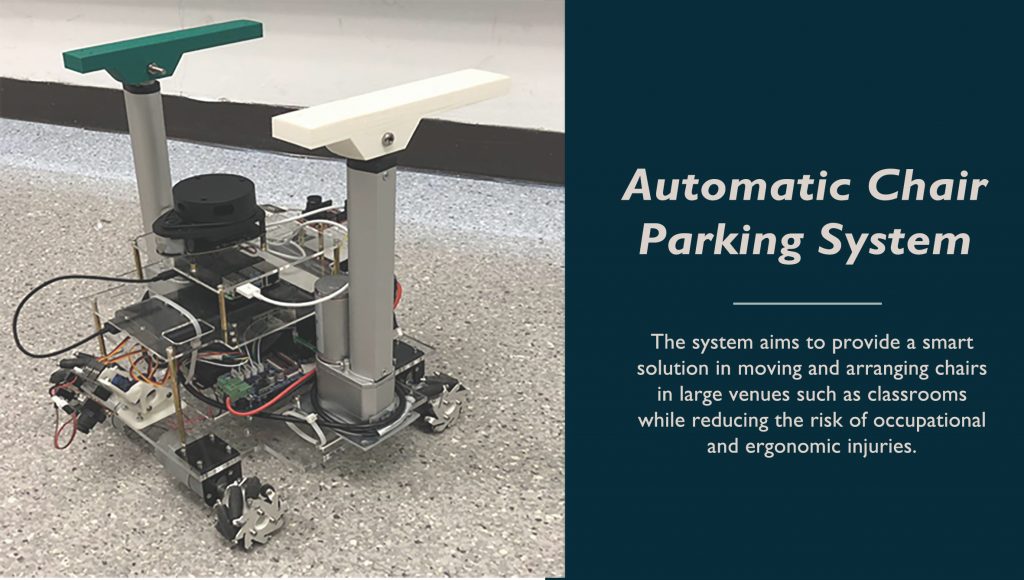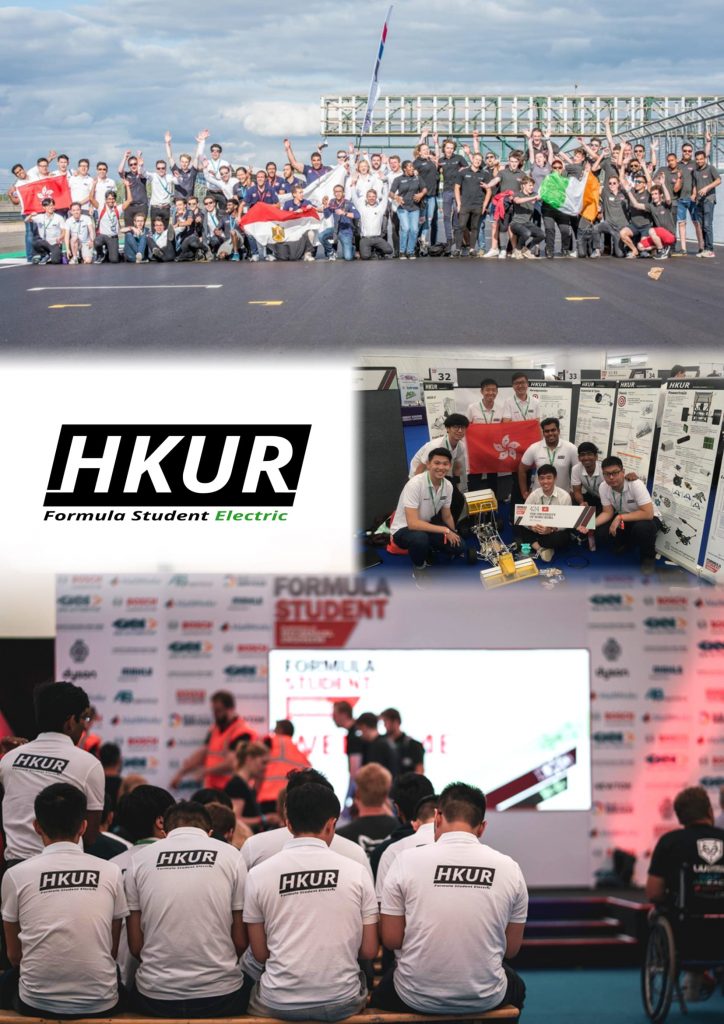HKU UAS@5th Inno Show
HKU UAS is an Unmanned Aerial Systems team dedicated to forming a community of Unmanned Aerial Vehicles (UAV) enthusiasts and its associated systems, consisting of two technical teams: Mechanical Team and Computer Science Team. The team aims to join the AUVSI SUAS international competition, situated in Maryland, U.S.A. The competition requires the team to design a UAS capable of Autonomous Flight, Obstacle Avoidance, Object Detection, Classification and Localization, Mapping, Airdrop and Package Delivery via an Unmanned Ground Vehicle.
HKU UAS@5th Inno Show Read More »









